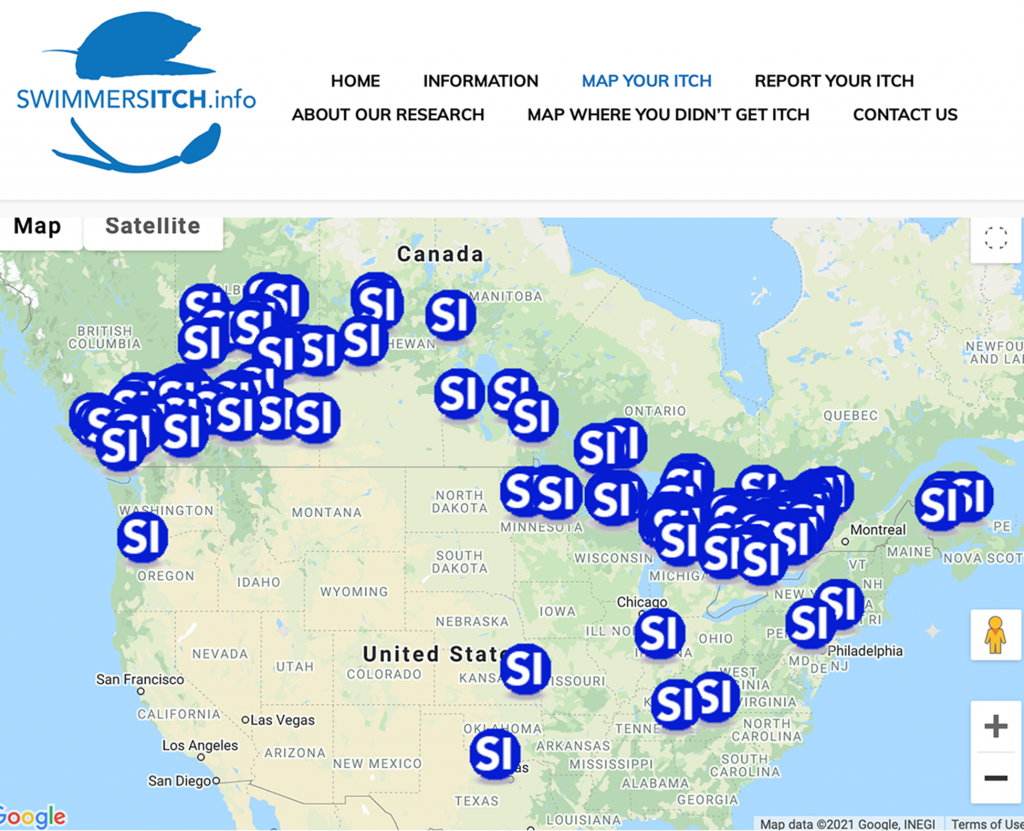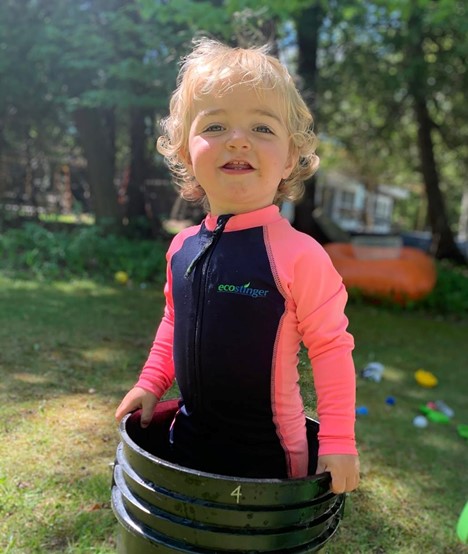Swimmer’s Itch? Prevention is the Key!
People ask “why can’t the GLA eradicate swimmer’s itch on Glen Lake?” Here are a few reminders as to why:
- More than one bird host (common merganser) contributes to the problem. Based on the science, we now know that Canada Geese and Mallards also contribute to the itch. It is simply not possible or legal to live-trap all three species of birds every summer in an attempt to eradicate swimmer’s itch.
- We now know that migratory mergansers, geese, and mallards also contribute to the itch. So just live-trapping the “summer resident broods of mergansers” is not sufficient or effective.
- We still don’t know what the long term adverse effects, if any, there might be on the Glen Lake ecosystem by a sustained live-trapping program. Removing a top predator like the common merganser year after year may produce unintended consequences that would put the balance of life in our lakes in jeopardy.
- By equipping the swimmer with prevention strategies, we can now target our itch reduction techniques where they belong, namely, the swimmer.
- The GLA firmly believes that it would be ineffectual and a waste of precious dollars to continue down the path of trying to control, mitigate, or eradicate swimmer’s itch on a lake-wide basis.
50 years of trial and error, plus the latest research have shown our best and most cost-effective defense against Swimmer’s Itch is prevention, not control. What can you do to prevent the itch?
- Cover your skin with full body swimwear, a “rash guard” suit
(SI rarely affects a person’s hands, feet, and face) - Towel off vigorously after swimming
- Swim in the afternoon or early evening vs. morning
- Do not swim when an onshore wind is present
- Do not swim/wade in shallow water without prevention measures
- Install a swim baffle (float) in your swim area to block the itch
- Use a parasite skimmer to remove the itch from the surface of the lake
- Use a kid friendly wading or “kiddie pool” for small kids vs. swimming near or at the shoreline
| Report and Map Swimmer’s Itch |
In 2020 the GLA joined a new North American Swimmer’s Itch reporting effort aimed at collecting data to aid in prediction of swimmer’s itch risk, identifying hot spots, and contributing to development of a SI alert network. 46 cases of Swimmer’s Itch were reported around Glen Lake in 2020 using the new system. In 2021, be sure to Map and Report any cases of Swimmer’s Itch using the link on our website and help us build this promising new prevention tool with other lakes across the US and Canada! Swimmer’s Itch | Glen Lake Association


Recent Comments